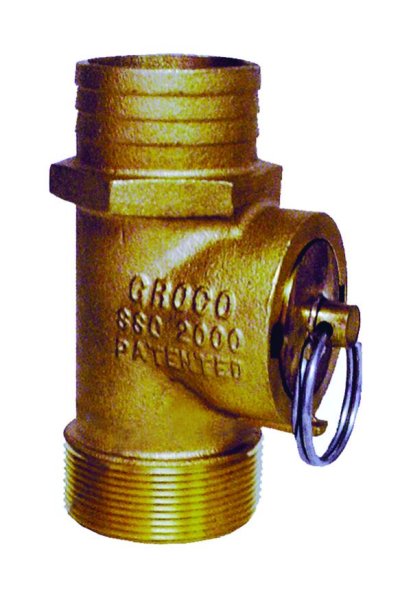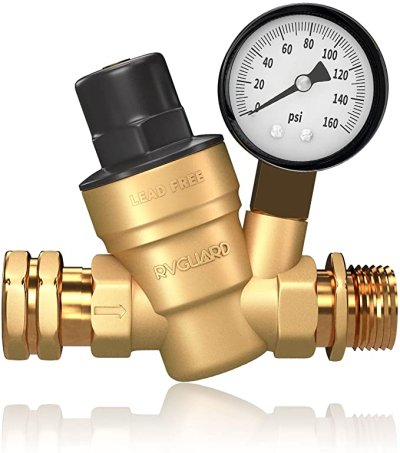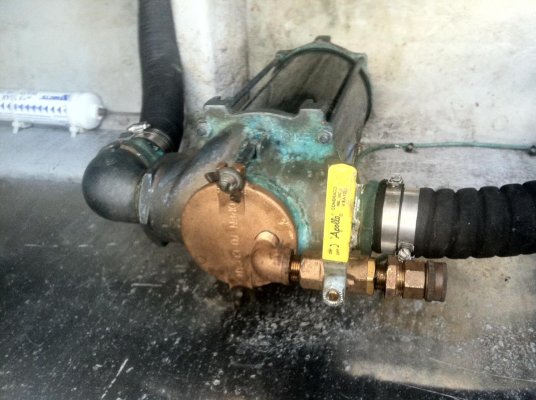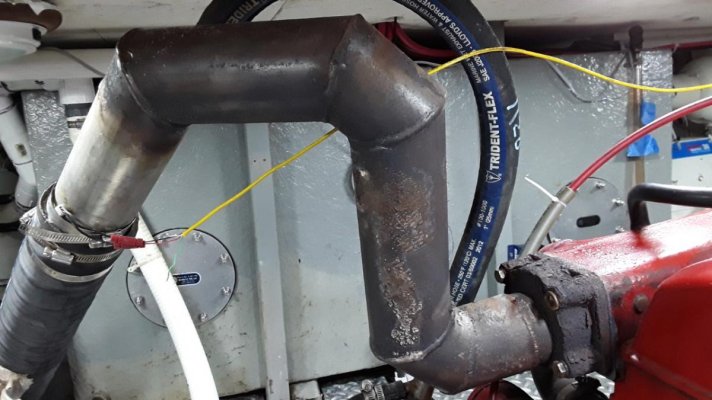I do'nt use a regulator but do not attach the water hose from the dock directly to the flushing adapter. I attach a short hose to the flush adapter and place the open end of the hose in a bucket full of water. The water hose from the dock is placed in the bucket with water running to keep the bucket full of water. The engine or generator is then run a few minutes.
This is an excellent point. One of the reasons I mentioned to ask me questions if interested. This is a very legitimate concern and as with most things, what works for one engine may not work for another.
As Syjos does, I think connecting at the seacock is a better way to go. I have yet been too lazy to change out the connection there so I just connect at the sea strainer. I also am not concerned about freezing so I don't winterize.
When I first did a flush, I did as Syjos does and connected a hose to the sea strainer and dropped it in a 5 gallon bucket that I filled with the dock hose. When the bucket was full, I started the engine, keeping the dock hose running fully open. I watched as the engine emptied the 5 gallon bucket in about 5 minutes even while the dock hose was running full blast.
This showed me that their was not a concern about pressurizing the cooling system of my engine with the dock hose. My next concern was that maybe I wasn't providing enough water. I checked with Tony Athens at SeaMar and his recommendation was that as long as the hose didn't collapse there was plenty of water available to the engine. That has been the case and I never have had a problem with the engine temp rising either, even after 15 minutes of running at idle on dock water.
If OTOH, the test with the bucket found that the engine couldn't keep up with the water from the dock hose, I would simply have flushed the engine while keeping the seacock open. Any extra water pressure would then leave via the seacock. That is in fact what I do with my genset when I flush it.
Here are the steps I use.
1. Engine off, seacock open.
2. connect the dock hose to the sea strainer.
3. Turn on the dock water.
4. start the engine.
5. close the sea cock.
6. run for 10 minutes.
7.
Simultaneously shut down engine and turn on off dock water.
8. Open seacock
9. disconnect hose
#7 is key and I use a hose shut off valve inline in the hose that runs right by the helm so that I can do that easily.
Works for me. I do this every time I return to my home dock.





